Complete Solutions to SELECTED STRAIGHT OBJECTIVE TYPE MCQS of chapter BASIC PRINCIPLES OF ORGANIC CHEMISTRY of Class 12 book with complete answers and questions
| Class 12 | CHEMISTRY |
| Chapter | BASIC PRINCIPLES OF ORGANIC CHEMISTRY |
| DINESH OBJECTIVE CHEMISTRY | SELECTED STRAIGHT OBJECTIVE TYPE MCQS |
| Number Of Questions | 64 |
| Academic Year | 2023-24 |
The correct IUPAC name(s) of `ClCH_(2)-CH_(2)-NH-CH_(2)-CH_(2)-CH_(3)`
03:46View SolutionThe correct IUPAC name(s) of `CH_(3)-CH_(2)-CH_(2)-CH_(2)-overset(CH_(3))overset(|)N-CH_(2)-CH_(3)` is (are)
View SolutionThe correct IUPAC name(s) of `CH_(3)-CH_(2)-NH_(2)` (are)
01:59View SolutionThe correct IUPAC name(s) of `OHC-CH_(2)-overset(CH_(3))overset(|)CH-COOH` is (are)
02:30View SolutionThe correct IUPAC name(s) of `H-overset(O)overset(||)C-CH_(2)-CH_(2)-overset(O)overset(||)C-CH_(2)-COOH` is (are)
03:26View SolutionThe compound
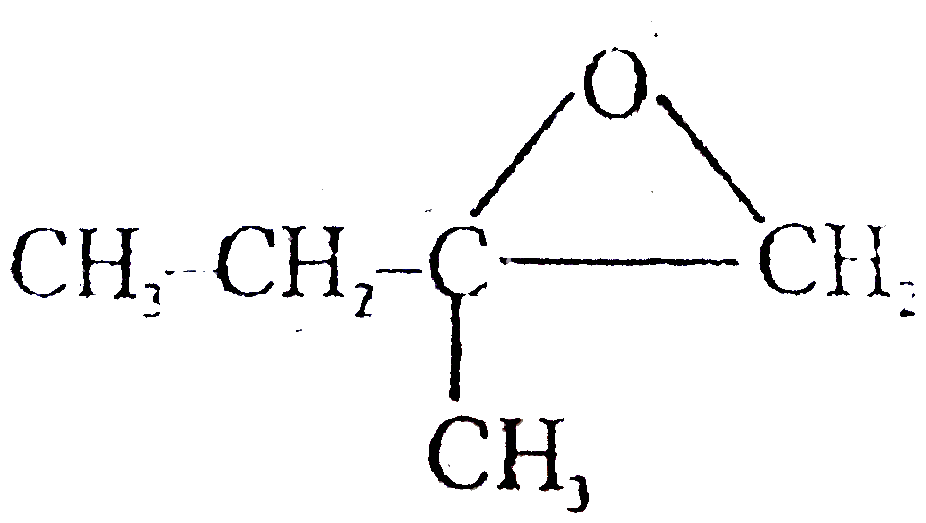 may be named as `:-` 01:01View Solution
may be named as `:-` 01:01View SolutionThe compound `CH_(3)-overset(OH)overset(|)CH-CH_(3)` can be named as
02:13View SolutionThe compound `(CH_(3))_(3)COH` can be named as
03:50View SolutionThe correct IUPAC name of `C_(6)H_(5)-NC` is
01:07View SolutionThe correct IUPAC name of
 01:40View Solution
01:40View SolutionThe IUPAC name of diglyme is
02:36View SolutionThe IUPAC name of phenetole is
01:20View SolutionThe correct IUPAC name of the compound, `CH_(2)=CH-CH(CH_(3))_(2)` is
01:23View SolutionThe compound which has one isopropyl group is :
02:44View SolutionThe IUPAC name of compound
`CH_(3)-CH_(2)CH(CH_(3))CH_(2)COCl` is01:38View SolutionThe correct IUPAC name of compound
 01:32View Solution
01:32View SolutionThe IUPAC name of `OHC"C"H=CH-underset(CH_(2)CH_(2)CH_(2)CH_(3))underset(|)(CH)-CH=CH_(2)` is
01:48View SolutionChoose the correct IUPAC name for `CH_(3)-underset(CH_(2)-CH_(3))underset(|)(CH)-CHO` is -
01:33View SolutionWhich of the following represents the given mode of hybridization `sp^(2)sp^(2)sp-sp` from left to right ?
03:12View SolutionIsovalent hyperconjugation explanis the stability of
02:10View SolutionHomolytic fission of organic compound yields
00:39View SolutionWhich of the following pairs of species are isostructural ?
03:09View SolutionWhich of the following species contain six electrons around the central carbon atom ?
02:16View SolutionWhich of the following species are planar ?
03:48View SolutionThe greater stability of tert-butyl carbocation than methyl carbocation can be explained on the basis of
03:30View Solution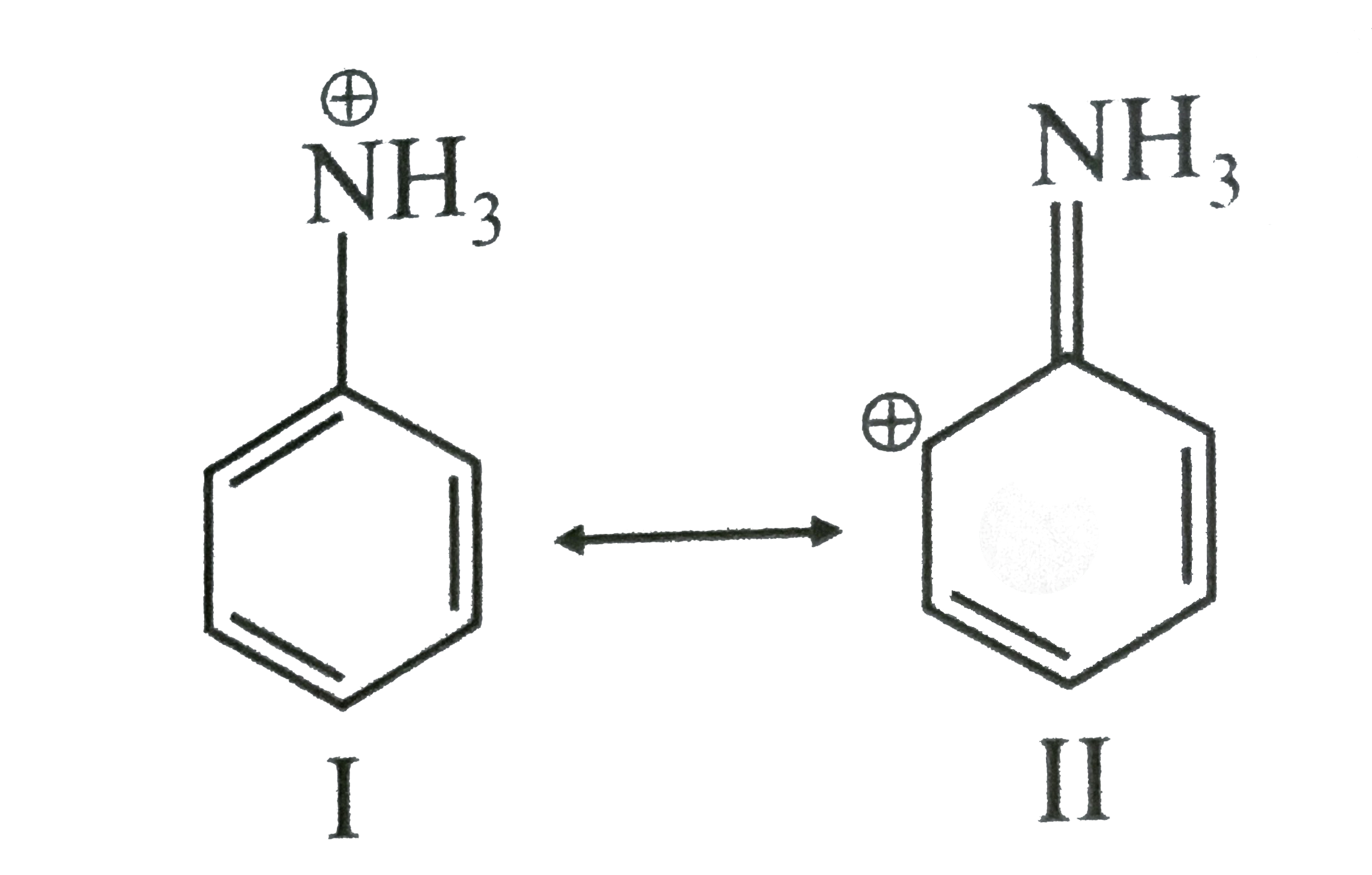
Examine the following two structures for the anilinium ion and choose the correct statement from the ones given below:01:57View SolutionAn aromatic molecule will
02:53View SolutionResonance structure of a molecule cannot have
01:41View SolutionWhich one of the following acids would you expect to be the strongest ?
02:12View SolutionAmongst the following the most basic compound is :
02:15View SolutionHomolytic fission of carbon-carbon bond of ethane produces an intermediate in which the carbon atom is in
02:20View SolutionThe decreasing order of strength of the bases, `OH^(-), NH_(2)^(-), H-C-=C^(-)` and `CH_(3)-CH_(2)^(-)`:
02:16View SolutionWhich of the following has the smallest heat of hydrogenation per mole ?
03:32View SolutionThe kind of delocalisation involving sigma bond orbitals is called………..
04:13View SolutionThe intermediate during the addition of `HCl` to propene in the presence of peroxide is :
01:21View Solution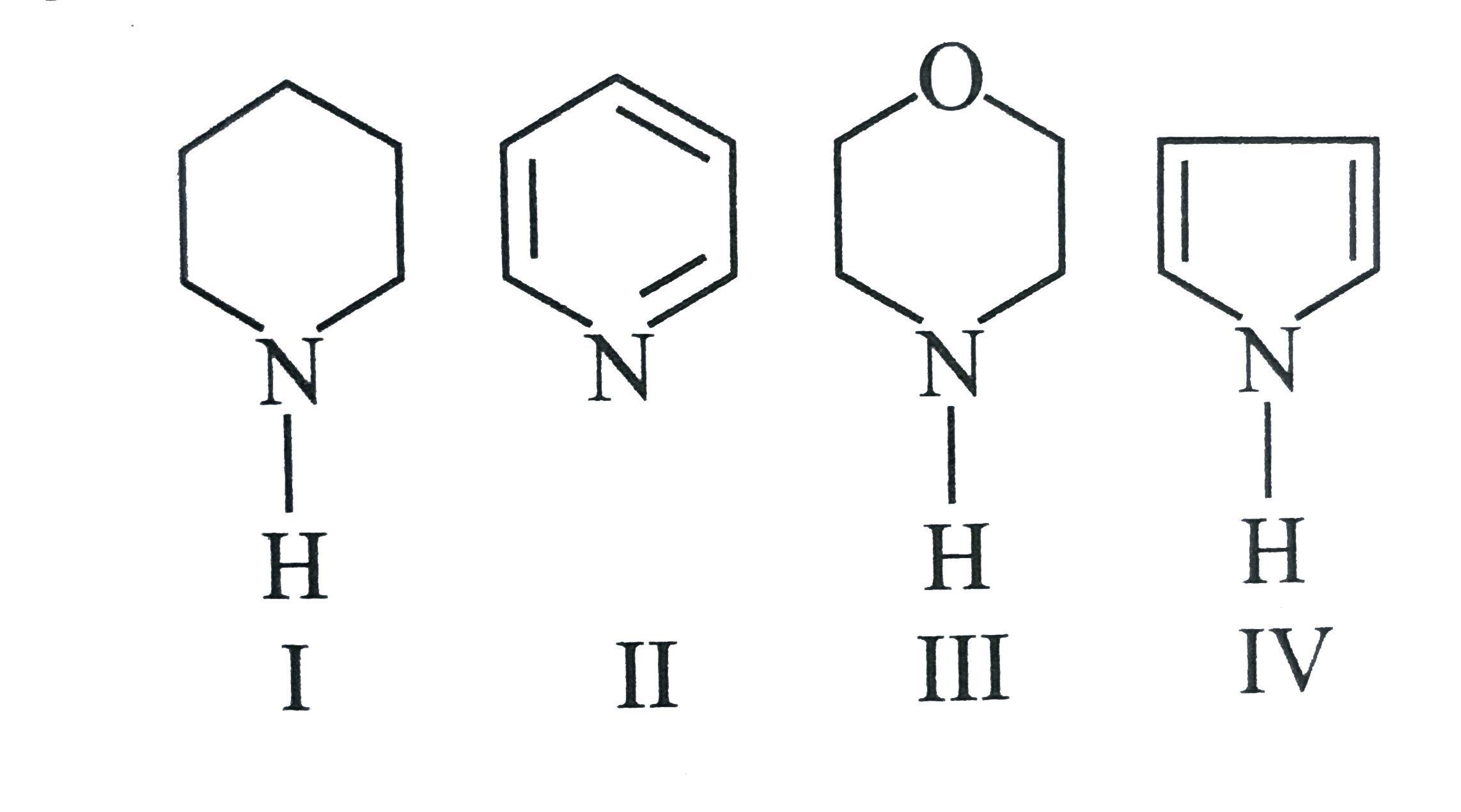
In the following compounds The order of basicity is01:25View SolutionThe formation of cyanohydrin from ketone is an example of :
01:13View SolutionPolarisation of electrons in acrolein may be written as :
02:14View SolutionThe most unlikely representation of resonance structure of `p`-nitrophenoxide ion is:
01:53View SolutionWhich of the following alkenes will react fastest with `H_(2)` under catalytic hydrogenation conditions
01:31View SolutionWhich of the following has highest nucleophilicity ?
01:39View SolutionThe reaction of propene with HOCl proceeds via the addition of :
01:34View SolutionWhich is most stable ?
02:07View SolutionIdentify correct order of reactivity in electronphilic substitution reactions of the following compounds
 02:37View Solution
02:37View SolutionConsider the following reaction:
`CH_(3)underset(D)underset(|)CH-underset(CH_(3))underset(|)(CH)CH_(3)+overset(.)BrrarrX+HBr`
Identify the structure of the major products `(X)` from among the following :03:00View SolutionWhich among the following is the most stable carbocation ?
01:38View SolutionThe names of some compounds are given. Which one not in the `IUPAC` system?
06:35View SolutionDue to the presence of an unpaired electron free radicals are
00:49View SolutionThe `IUPAC` name of `C_(6)H_(5)COCl` is
01:23View SolutionIUPAC name of
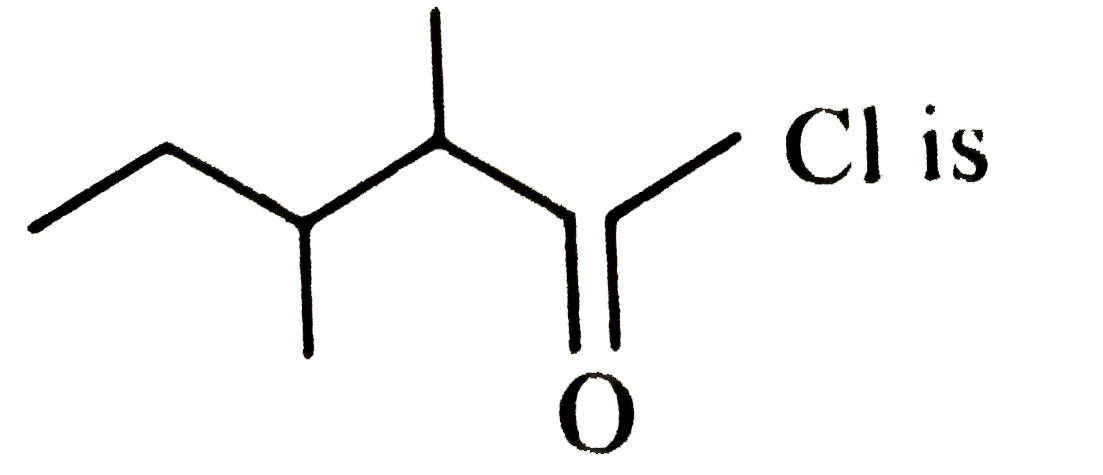 01:01View Solution
01:01View SolutionThe general molecular formula, which represents the homologous series of alkanols is
01:39View SolutionThe increasing order of stability of the following free radicals is:
01:56View SolutionThe IUPAC name of the compound shown below is
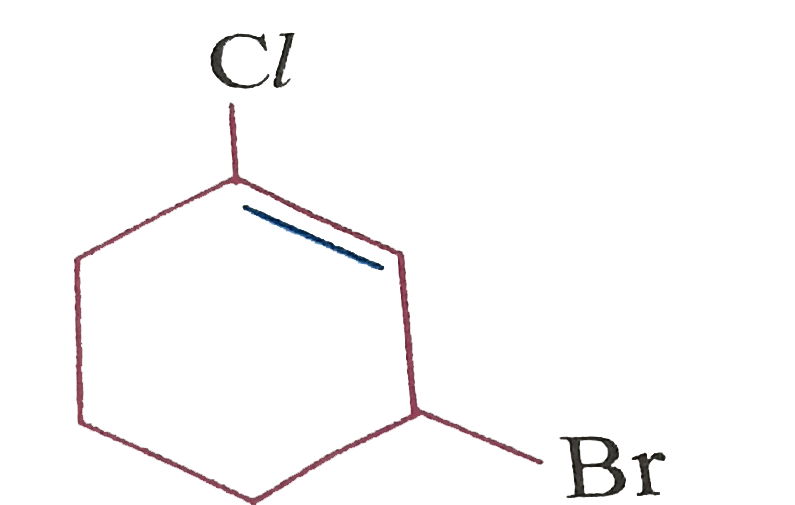 01:57View Solution
01:57View SolutionIUPAC name of
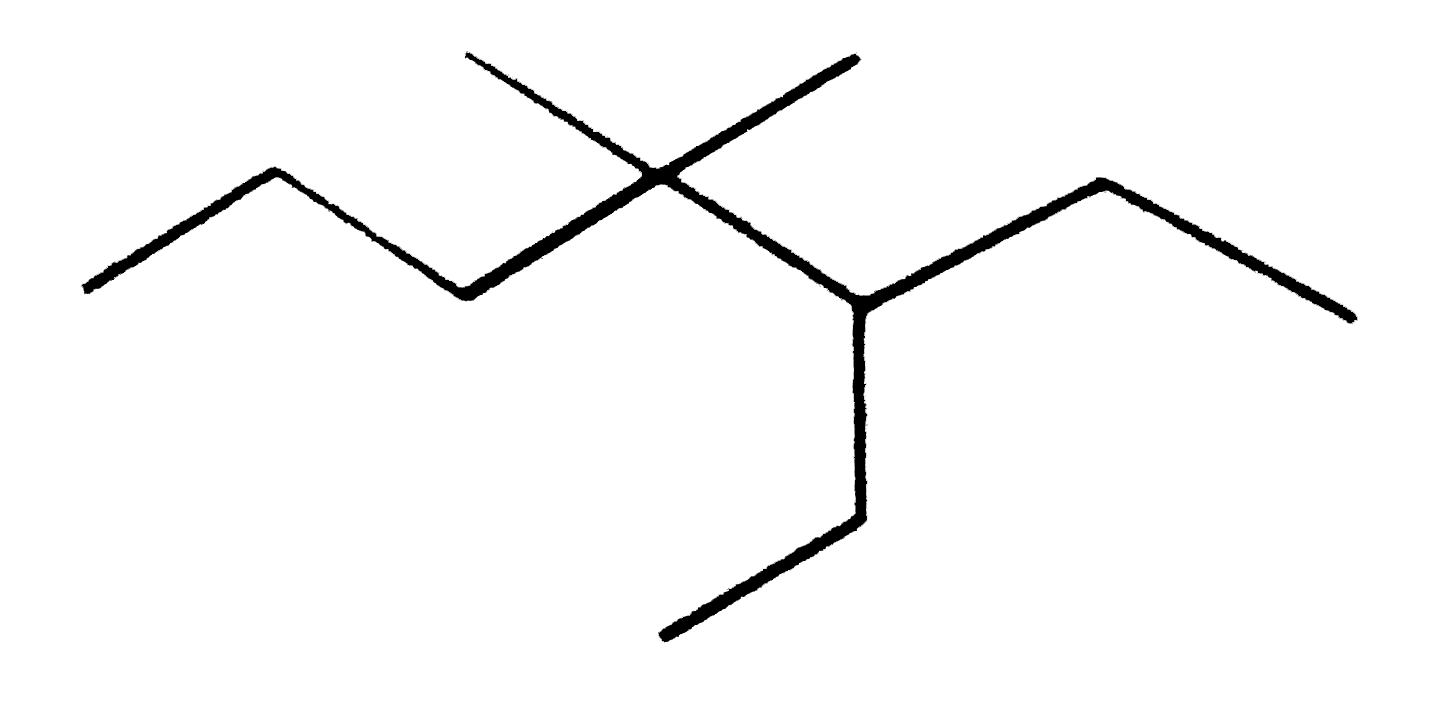 01:35View Solution
01:35View SolutionAmong the following, the least stable resonance structure is :
03:17View SolutionIn the hydrocarbon `underset(6)underset()(CH_(3))-underset(5)underset()(CH)=underset(4)underset()(CH)-underset(3)underset()(CH_(2))-underset(2)underset()Cequivunderset(1)underset()(CH)`
The state of hybridization of carbons 1, 3 and 5 are in the following sequence01:27View SolutionThe correct decreasing order of priority for the functional groups of organic compounds in the IUPAC system of nomenclature is
01:30View SolutionHyperconjugation involves overlap of the following orbitals :
01:12View SolutionThe correct of stability for the following species is :
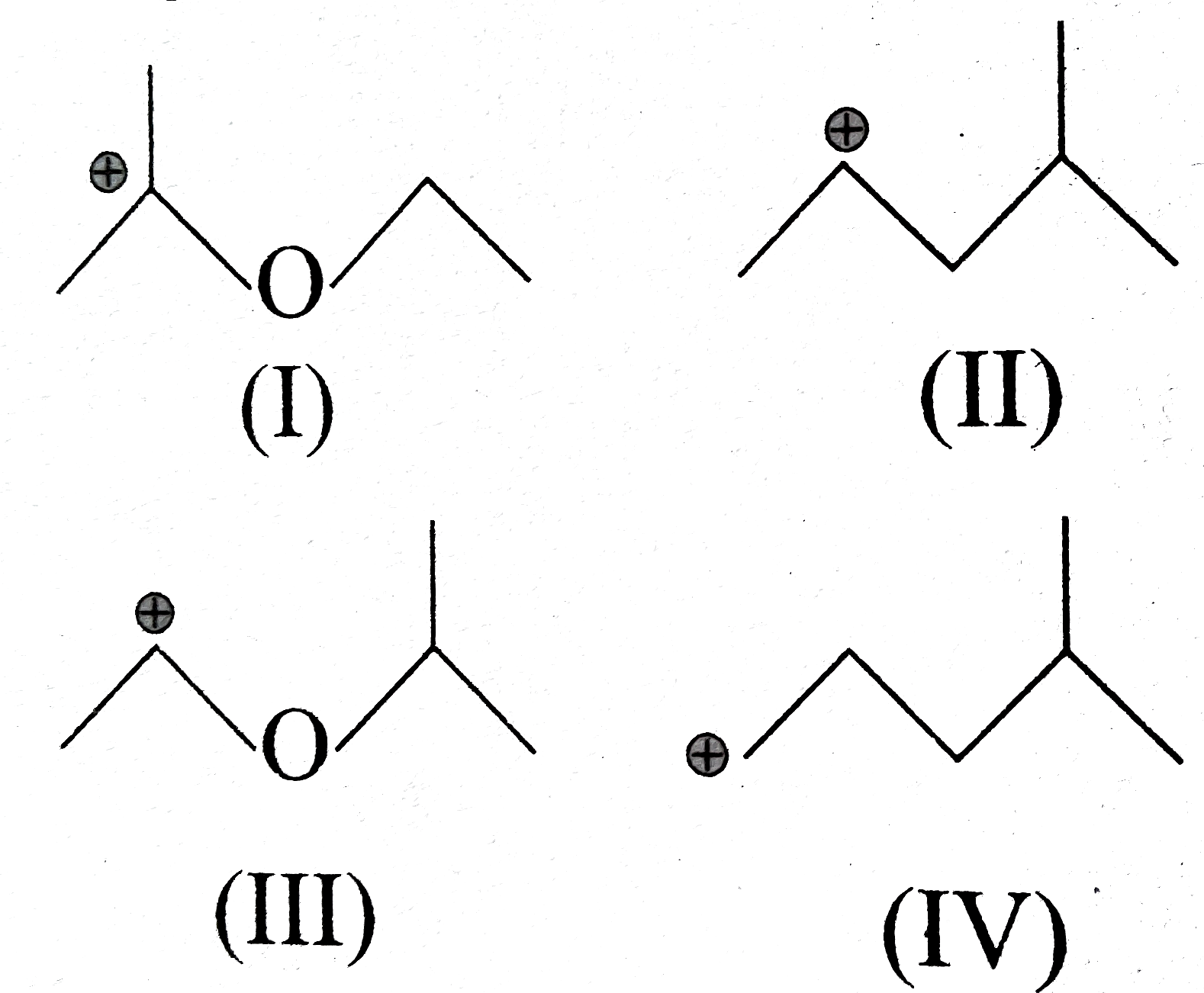 03:56View Solution
03:56View SolutionThe stability of carbanions in the following
(i) `RC-=overset(-)overset(..)C`
(iii) `R_(2)C=overset(-)overset(..)CH` (iv) `R_(3)C-overset(-)overset(..)CH_(2)`
is in the order02:48View SolutionThe `IUPAC` name of the following compound is
 02:40View Solution
02:40View SolutionArrange the carbanions, `(CH_(3))_(3)bar(C),bar(C)Cl_(3),(CH_(3))_(2)bar(C)H,C_(6)H_(5)bar(C)H_(2)`, in order of their decreasing stability
04:34View SolutionThe `IUPAC` name of the compound having the formula `CH-=C-CH=CH_(2)` is
01:31View SolutionThe IUPAC name of neopentane is
02:19View Solution
SELECTED STRAIGHT OBJECTIVE TYPE MCQS questions and complete solutions for chapter BASIC PRINCIPLES OF ORGANIC CHEMISTRY of S DINESH & CO CHEMISTRY (HINGLISH) of Class 12
